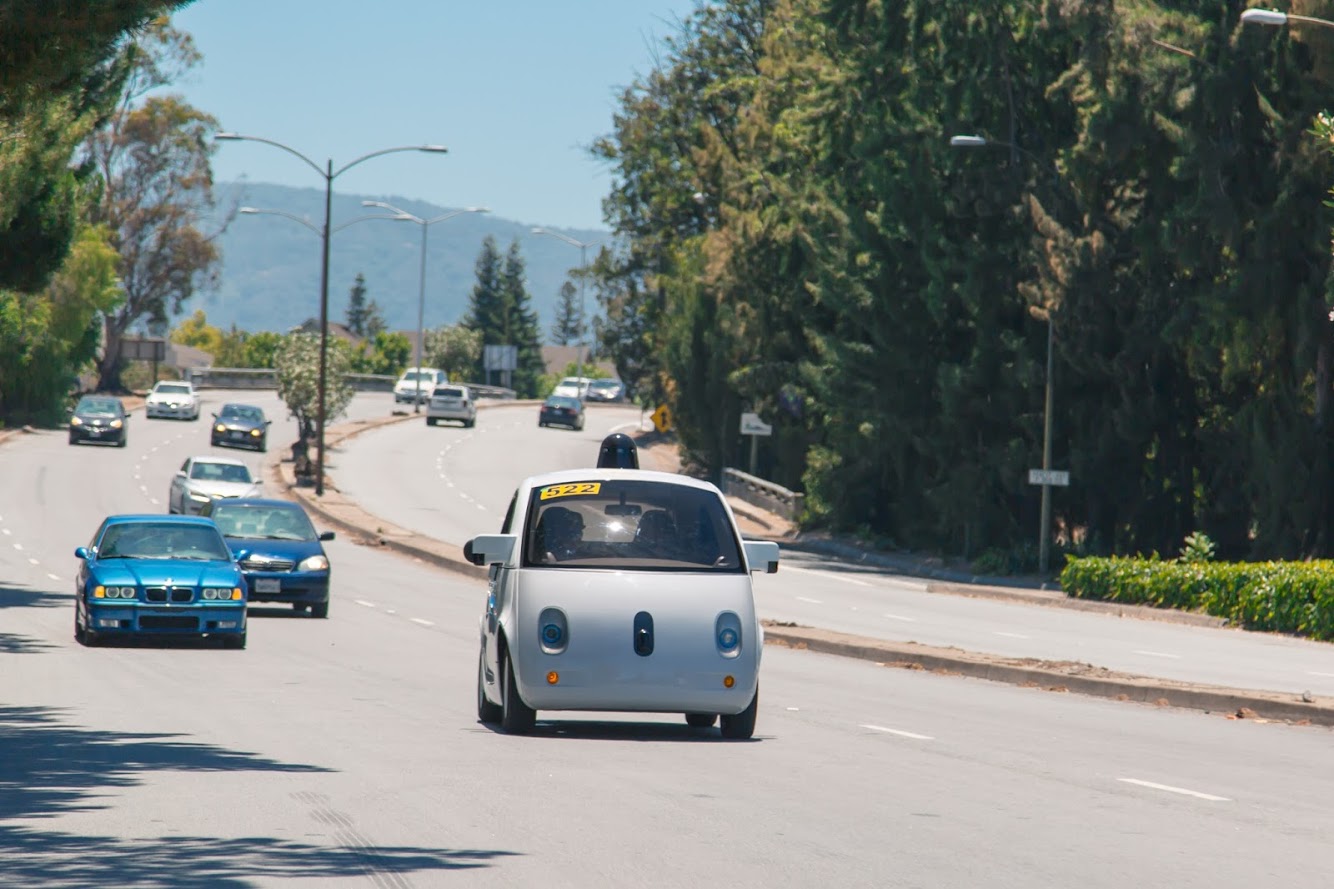If you find yourself stuck behind a car driving at excruciatingly slow speeds around Silicon Valley in the coming weeks, there may be little point honking your horn.

Google has started testing its latest prototype automated vehicles around Mountain View. The odd-looking little vehicles top out at an impressive, “neighborhood-friendly 25 miles per hour,” according to Google, so they might cause a little frustration for other folks on roads like the one shown above.
At least you’ll be able to complain via a handy webpage Google has put up to solicit feedback from other drivers. A video included on that page also provides some interesting insights on the latest efforts by Google to make its cars smarter, and safer. For example, it shows that the cars can now recognize erratic cyclist hand-signals, and how they can cope with construction work, or vehicles parked in unusual ways. Eventually the cars might need to go a bit faster though, perhaps even above the speed limit. When was the last time you saw anyone going under 70 mph on the freeway, after all?
Don’t settle for half the story.
Get paywall-free access to technology news for the here and now.